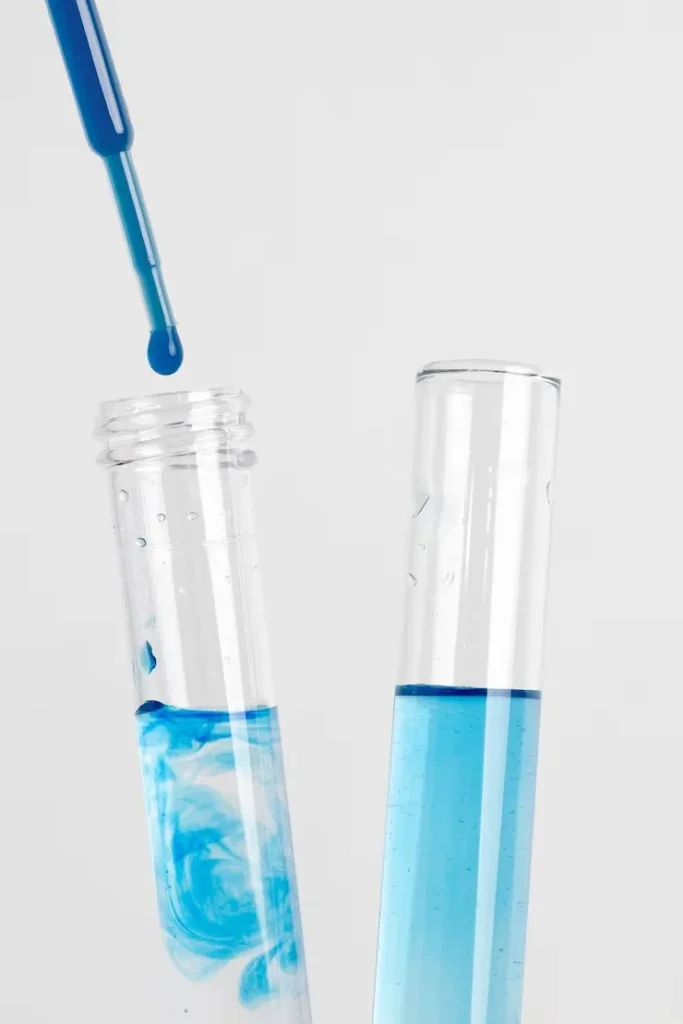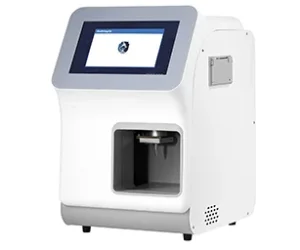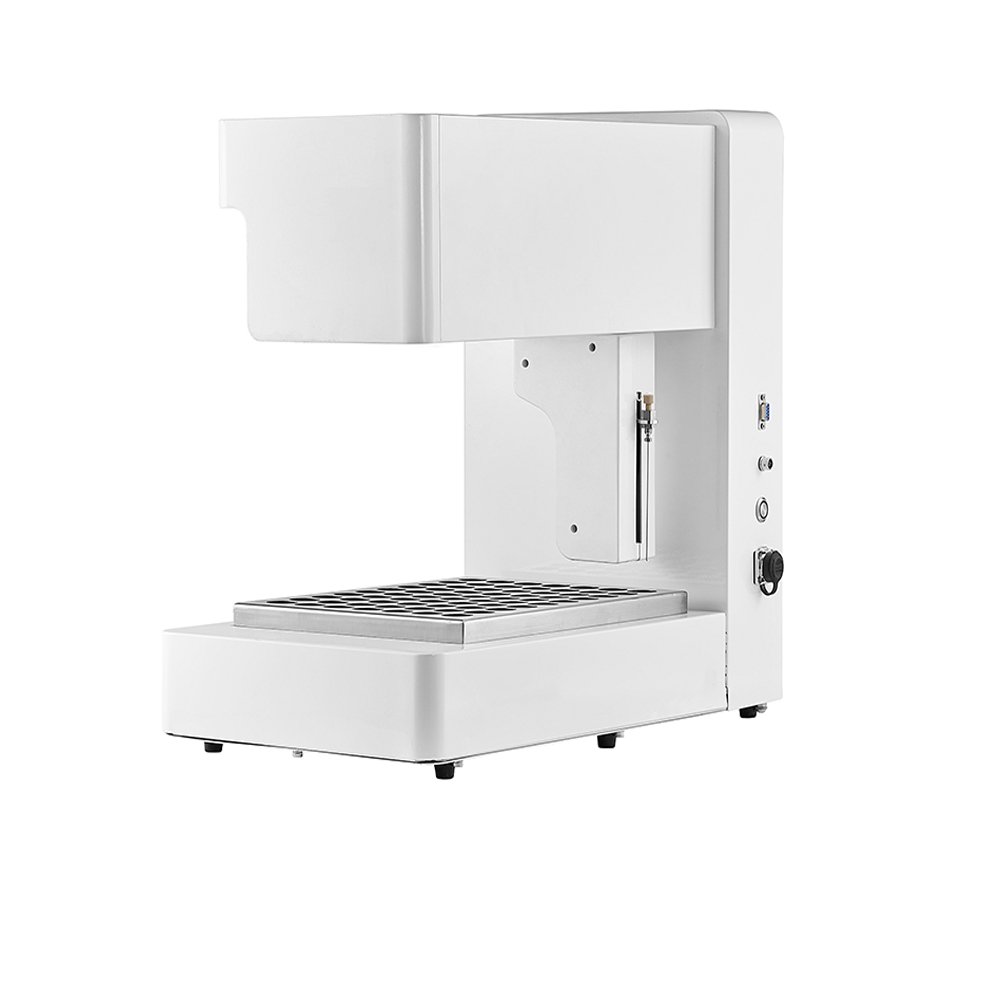How Freezing Point Osmometry Enhances Scientific Research
How Freezing Point Osmometry Enhances Scientific Research
As an SEO content specialist, you understand that writing clear, engaging content is crucial for increasing website visits and improving Google rankings. For researchers in fields like medicine, clinical testing, and biology studies, a freezing point osmometer is a vital tool for measuring solution concentration accurately. At Sự toàn vẹn của y khoa, we provide high-quality tools to support scientific discoveries. This blog explores how freezing point osmometry works, its uses, benefits, and tips for picking the right device for your lab. We aim to offer practical advice for researchers like you.
The Principles of Freezing Point Osmometry
Freezing point osmometry is a dependable way to measure the concentration of particles in a liquid. Understanding how it works and its parts helps you see its value in research.
The Science Behind Measuring Osmolality
Osmolality shows how many particles are dissolved in a liquid, measured in milliosmoles per kilogram (mOsm/kg). A freezing point osmometer cools a sample until it starts to freeze. The difference between the sample’s freezing point and pure water’s freezing point shows the concentration. More particles lower the freezing point. This method is very accurate because it uses a basic physical trait.
- Why It’s Important: Concentration affects things like cell health and medicine stability.
- Key Idea: The lower the freezing point, the more particles in the solution.
Key Components of a Freezing Point Osmometer
A freezing point osmometer has several important parts:
- Cooling Unit: Chills the sample to make it freeze.
- Temperature Sensor: Checks the exact temperature when freezing starts.
- Sample Holder: Keeps the sample in place during testing.
- Control System: Reads data and shows the concentration results.
These parts work together to give quick, precise measurements. This makes the osmometer a must-have in labs.
Applications of Freezing Point Osmometry in Life Sciences
Freezing point osmometry is useful in many scientific areas, from creating medicines to diagnosing health issues.
Role in Pharmaceutical Development
In medicine, concentration is key for making safe and effective drugs. Freezing point osmometry checks the concentration of IV drugs, eye drops, and other mixtures. This ensures they’re safe for human use.
- Uses:
- Checking IV medicine concentration.
- Ensuring liquid medicines stay stable.
- Meeting USP and FDA rules.
Our V3.0 Freezing Point Osmometer is built to handle these strict needs, offering accurate results for drug research.
Importance in Clinical Diagnostics
In hospitals, concentration tests help doctors diagnose problems like dehydration or kidney issues. Freezing point osmometry gives reliable results for blood, plasma, and urine samples. This helps doctors make smart choices.
- Uses:
- Checking patient hydration.
- Finding imbalances in body chemicals.
- Helping with critical care decisions.
Contribution to Biochemical and Molecular Research
In biology studies, concentration affects things like enzyme activity and cell growth. Freezing point osmometry ensures lab conditions match real-life settings. This leads to trustworthy research results.
- Uses:
- Preparing cell growth liquids.
- Studying proteins under specific conditions.
- Supporting biology experiments.
Advantages of Using Freezing Point Osmometry
Freezing point osmometry stands out for its accuracy, flexibility, and ease of use. These qualities make it a top pick for researchers.
Precision and Accuracy in Measurements
Freezing point osmometry gives very precise results, often within ±2 mOsm/kg. This accuracy is crucial for tasks where small changes matter, like making drugs or diagnosing patients.
- Why It’s Accurate:
- Uses a basic physical trait (freezing point change).
- Avoids errors from sample makeup.
Versatility Across Various Scientific Fields
This method works with many sample types, like body fluids, drug solutions, and lab liquids. Its flexibility makes it useful in different settings, from university labs to factories.
| Field | Sample Types |
| Medicine | IV drugs, eye drops |
| Clinical Testing | Blood, plasma, urine |
| Biology Research | Cell growth liquids, buffers |
Efficiency and Ease of Use
Modern freezing point osmometers are fast and simple. They need only a tiny sample (as little as 20 microliters) and give results in minutes. This speeds up lab work.
- Benefits:
- Quick results save time.
- Easy controls mean less training.
- Little sample prep makes work smoother.
Factors to Consider When Choosing a Freezing Point Osmometer
Picking the right osmometer means balancing performance, lab needs, and budget. Here’s what to think about:
Performance and Calibration Features
Choose an osmometer with high accuracy and easy calibration. Automatic calibration and quality checks ensure steady results. Our V3.0 Freezing Point Osmometer has advanced calibration features to meet tough industry rules.
Compatibility with Laboratory Requirements
Think about your lab’s sample types, testing volume, and space. Some osmometers are small for tiny labs, while others handle lots of tests. Make sure the device fits your lab’s setup and data systems.
Cost-Effectiveness and Maintenance Needs
Look at the full cost, including the price, calibration supplies, and upkeep. A sturdy osmometer with low maintenance saves money over time. At MedIntegrity, we build our tools to last and offer great support to keep them working well.
MedIntegrity: A Trusted Supplier for Freezing Point Osmometers
At Sự toàn vẹn của y khoa, we’re proud to supply top-notch freezing point osmometers to help advance your research.
Overview of MedIntegrity’s Product Offerings
We provide a range of osmometers for different research needs. For example, our V3.0 Freezing Point Osmometer offers advanced calibration and data tracking for medicine and clinical testing. Whether you need high-volume or compact options, we’ve got you covered.
Commitment to Quality and Customer Support
We’re dedicated to providing tools that meet FDA, GMP, and USP standards. Our osmometers come with features like wireless connections and data logs to ensure accurate records. Need assistance? Our team is ready to help through our contact page.
Summary of the Impact of Freezing Point Osmometry on Research Advancements
Freezing point osmometry has changed scientific research by offering precise concentration measurements. From creating safe medicines to diagnosing health issues and advancing biology studies, this technology drives progress. By choosing the right osmometer, you can improve your research and meet industry standards. At MedIntegrity, we’re here to support you with high-quality tools and excellent service.
FAQs About Freezing Point Osmometry
What is the primary purpose of a freezing point osmometer?
A freezing point osmometer measures the concentration of particles in a liquid by checking how much the freezing point drops. This is key for ensuring medicine quality, diagnosing health problems, and supporting biology research.
How does freezing point osmometry differ from other osmolality measurement methods?
Freezing point osmometry is more accurate than methods like vapor pressure testing. It measures a physical trait (freezing point change) directly, with fewer errors from sample makeup. It’s also faster and needs smaller samples.
What industries benefit most from freezing point osmometry?
Freezing point osmometry is widely used in:
- Medicine: For drug creation and quality checks.
- Clinical Testing: For analyzing blood, plasma, and urine.
- Biology Research: For studying cell growth and proteins.
- Food and Beverage: For ensuring product quality.













